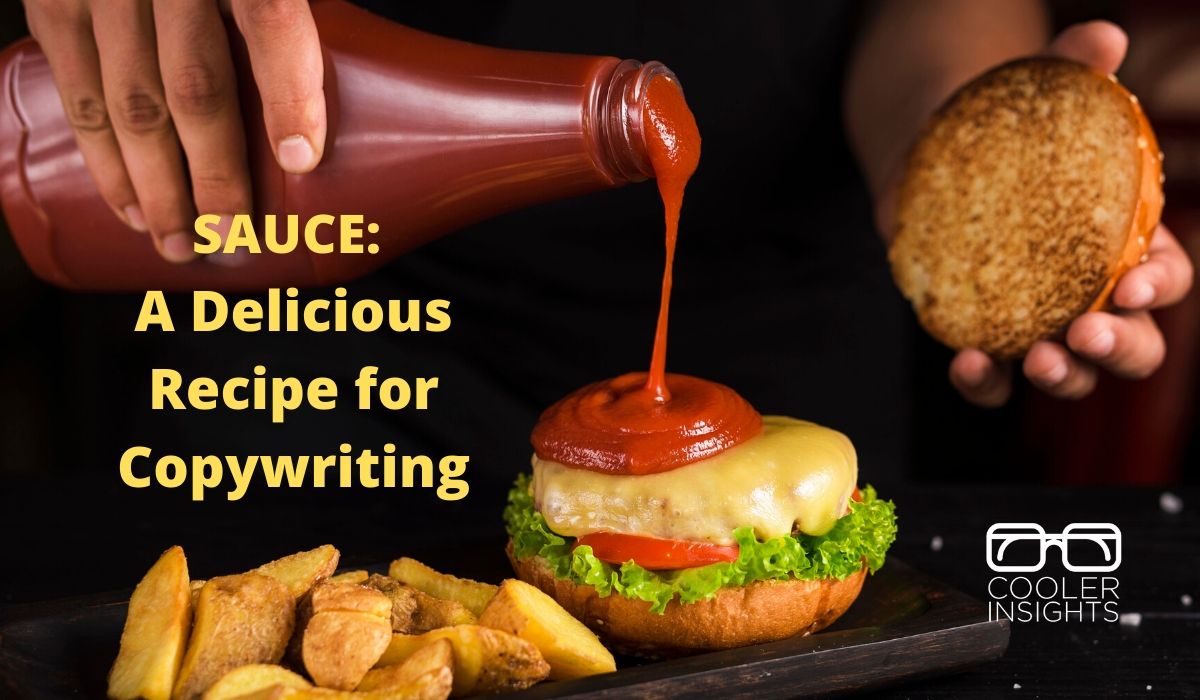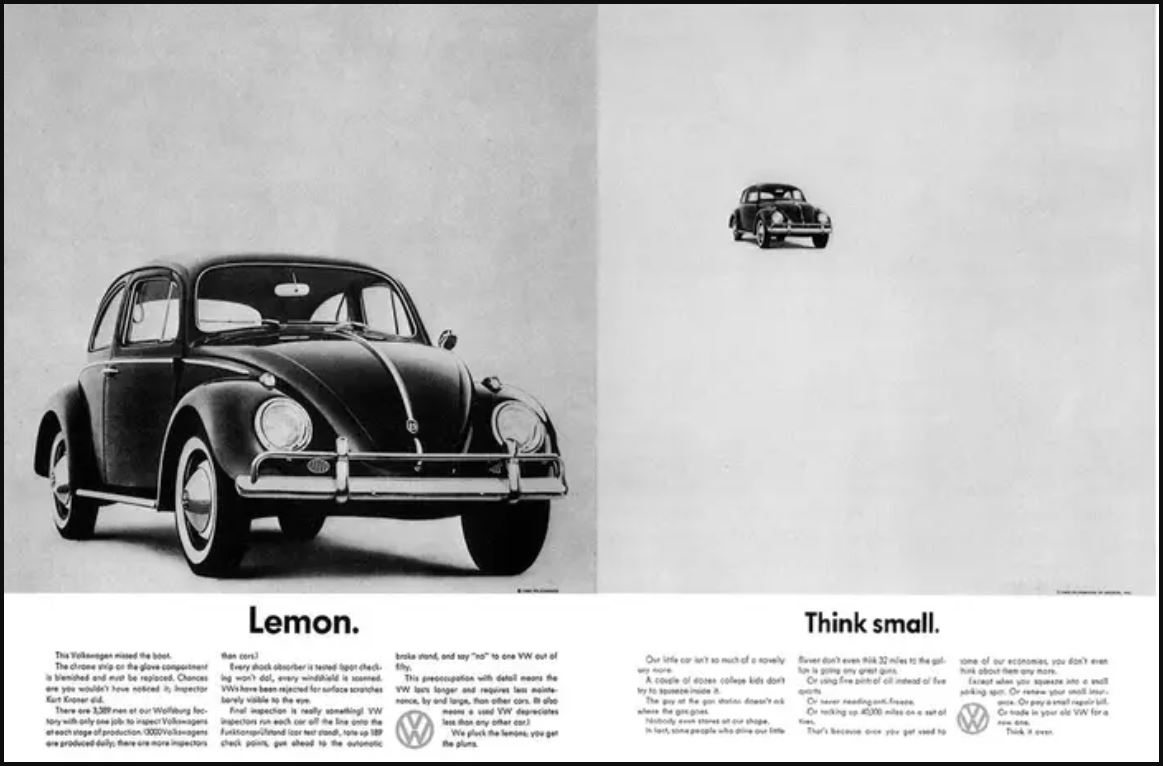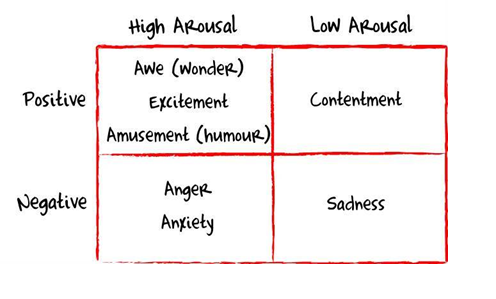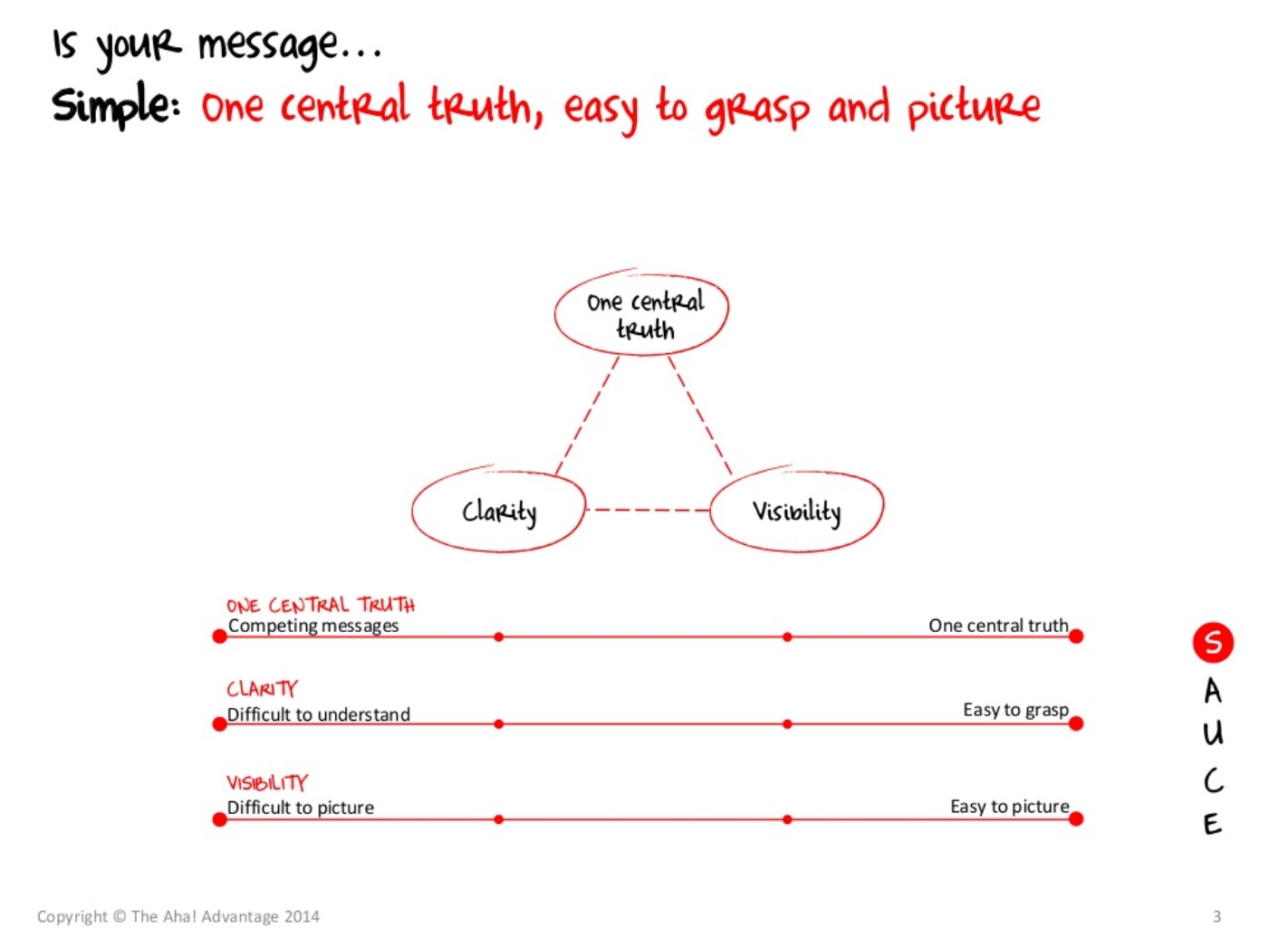
Food photo created by freepik – www.freepik.com
Need an easy-to-remember online copywriting formula to boost your digital marketing campaigns? Tired of crafting advertising copy that just doesn’t work?
You’re in luck. That’s because I just finished reading the wonderfully written book Secret Sauce—How To Pack Your Messages with Persuasive Punch by Harry Mills.
Initially attracted by its cover (who says you can’t judge a book by its cover?), the book unpacks the art and science of crafting messages that hits your target audience where it matters.
Distilling the ideas of marketing savants through the ages, the SAUCE recipe is an elegant and simple way to boost the effectiveness of your online (and offline) copywriting efforts.
Here’s the formula using the acronym SAUCE…
- Simple: One central truth, easy to grasp and picture
- Appealing: Differentiated, valuable and personalised
- Unexpected: Surprising, intriguing and self-persuasive
- Credible: Trusted, transparent and verifiable
- Emotional: Warm, arousing and plot-driven
Let’s start cooking!
#1 Simplicity
As the saying does, you need to KISS (Keep It Simple, Stupid!) your audience in order leave a deep impression. But how can you do so?
One Central Truth
The best messages have one central truth that is “both simple and profound.” A good example is the timeless proverb that a “bird in hand is worth two in the bush.”
To do so, make sure that your message is distinctive and memorable, and rings true with your audience. Examples include taglines like De Beers “A Diamond Is Forever” and the Las Vegas Convention and Visitors Authority’s “Whatever Happens in Vegas, Stays in Vegas.”
Easy To Grasp
To meet this criteria, make sure that your messages are clear and concise. Get rid of gobbledygook.
Steve Jobs way of describing Apple iPhone is a good example: “…a widescreen iPod with touch controls, a revolutionary mobile phone and a breakthrough internet communications device.”
Highly Visual
As the saying goes, “Show not tell.”
Try to use metaphors to enliven your prose and make them easy to picture in your reader’s heads. Here are some good examples:
- “Eat Fresh” from Subway
- “Your daily ray of sunshine” from Tropicana
- “Melt in your mouth, not in your hands” from M&Ms
- “Think outside the bun” from Taco Bell
#2 Attractive
Simplicity isn’t enough. Good messages attract your target audiences because they are different, valuable, and appeal to their self-interest.
Differentiated
Instead of using features and benefits to compare yourself against your competitor, why not state who your product is for? Being different makes your message stand out against the millions of me-too ads. Here’s a good example comparing the Mac with the PC.
Valuable
Can you offer a high perceived value to your target audience? This could mean restating your features in language that your prospect understands and values.
A good example is Apple’s iPod with the message “1000 songs in your pocket” which made it stand out from the competition.
Target Prospect’s Self-interest
People are not interested in your brand. They’re only interested in themselves.
Thus, you should skew your copy towards the benefits that they can get, like the unforgettable saying “an apple a day keeps the doctor away” which was first coined in 1913!
The other way to target your prospect is to personalise your messages to him or her. In other words, call them out by their name. Or use models and examples that are exact replicates of who they are.
#3 Unexpected
We love surprises. In fact, novelty is one of the reasons why advertising campaigns that are memorable tend to leap out of nowhere.
Surprise Them!
Shock and awe marketing often comes from campaigns that are radical. Like this evergreen example from Old Spice featuring the Old Spice Man—a character whom your father or grandfather who uses Old Spice may not expect.
Make It Intriguing
We love mysteries. It is the reason why we just can’t stop watching episode after episode of dramas like “Lost” or “The X-Files.”
Perhaps the best example of an intriguing marketing campaign was the one used for The Dark Knight movie. In the 15 months leading up to the movie’s release, over 11 million unique participants in over 70 countries joined in the transmedia experience.
Here’s a short documentary explaining how it rolled out.
Trigger Self-Persuasion
Unexpected messages are not hard-sell messages that toot your product’s horn. Rather, it relies on reducing or eliminating your buyer’s resistance by involving them in the decision making process.
A good way to do so is to include them in voting for their preferred colour, flavour, or features. Or to get your prospects to do a quiz, and let the results guide them on which product suits them better.
#4 Credible
The most credible messages are those that are trusted, transparent and verifiable.
Build Trust
In the digital age, trust is fairly lacking with numerous con-artists around.
According to Edelman’s Trust Barometer, most people trust “people like me.” Hence, it’ll be useful to find a way to connect with your audience by sharing testimonials from everyday folks that are just like them.
Alternatively, you can work with experts to endorse your brand. Make sure, however, that they are those whom your audience trusts.
Be Transparent
Sometimes, speaking the truth can make your message more appealing to your target audience. Flaws can be draws if they are presented in a way that your prospects understand.
A good example are the Volkswagen Beetle’s ads that used headlines such as these back in the late 1960s/1970s:
- Ugly is only skin-deep
- Think small
- Lemon
- The 1970 VW will stay ugly longer

Courtesy of Buzzfeed
Be Verifiable
Why do websites and apps like TripAdvisor, Booking.com, and Airbnb work so well in generating traffic? The reason lies in their customer reviews and ratings.
Allowing your message to be verifiable can make your brand stand out. This can include scientific studies, reviews and testimonials, or 3rd party research findings.
#5 Emotional
Finally, effective messages are warm, arousing and plot-driven. They don’t just make you think—they make you feel for the brand.
How to Warm Your Brand Up
To make people feel warm to your brand, you can consider using imagery and metaphors that evoke a warm sensation. For instance, you can describe how your product is as comforting as a warm bowl of soup.
Using words that evoke affective warmth also helps. For example, terms like “cuddle,” “generous,” “joyful,” “celebrate,” “bonding,” are associated with feelings of positiveness.
High Arousal Emotions
Drawing on Jonah Berger’s seminal book Contagious: Why Things Catch On, you should focus on incorporating high-arousal emotions in your message. These are:
- Awe
- Excitement
- Amusement (Humour)
- Anger
- Anxiety
While doing so, avoid low arousal emotions like contentment and sadness. Both emotional states normally do not trigger as much sharing as the high arousal ones.

Courtesy of Aha! Advantage
Plot-driven Storyline
Ahh…. This is probably my favourite variable of all.
Storytelling can make your audiences relate better to you. In fact, good stories release a chemical called oxytocin which makes your audience feel more love and empathy towards you.
In thinking about your plot, consider the classic 3-act structure:
- Your hero goes through a normal day at work when suddenly a huge migraine hits (Setting).
- He arrives at the office. It gets worse and worse. He couldn’t focus on his work (Escalating conflict).
- He asks for help from a colleague, who gives him a Tylenol. It soothes his migraine and he can get back to him (Climax and resolution).
To learn other storytelling formulas, read this article.
The SAUCE Persuasive Impact Test

Courtesy of Harry Mill
As part of the book, you’ll get the SAUCE Persuasive Impact Test, which is a great assessment tool that you can use to evaluate the effectiveness of your own message.
You can get all the questions and metrics used from Harry Mill’s slideshare here.
Conclusion
Beyond the SAUCE formula for message creation and copywriting, the book also contained various strategies you can use to optimize your content marketing campaigns.
They include the importance of conducting A/B testing, the power of context in shaping consumer behaviours, and various psychological tricks you can apply.
Do get a copy to read for yourself if you’re keen, and don’t forget to apply the SAUCE Persuasive Impact test on your own content marketing messages.
I’m certainly going to try it out myself!
